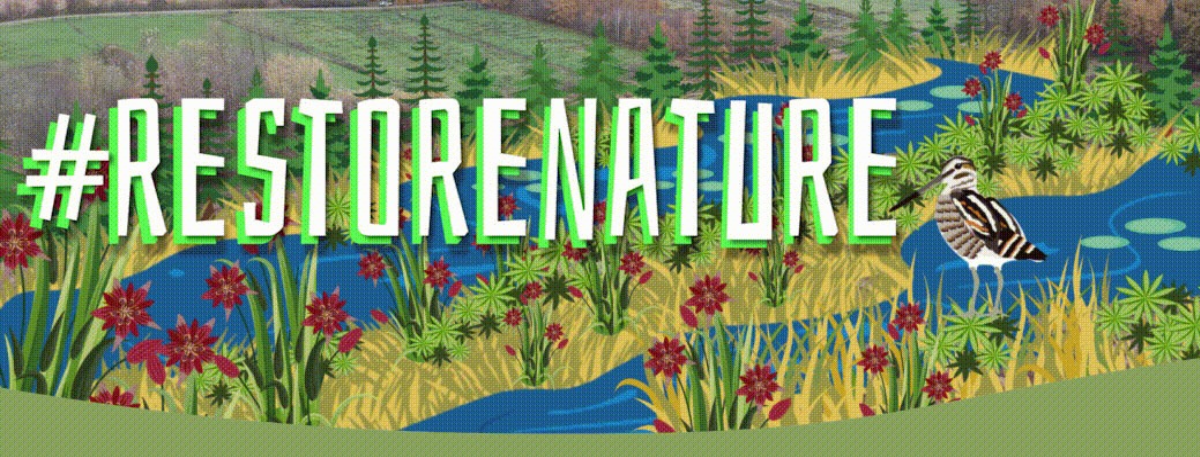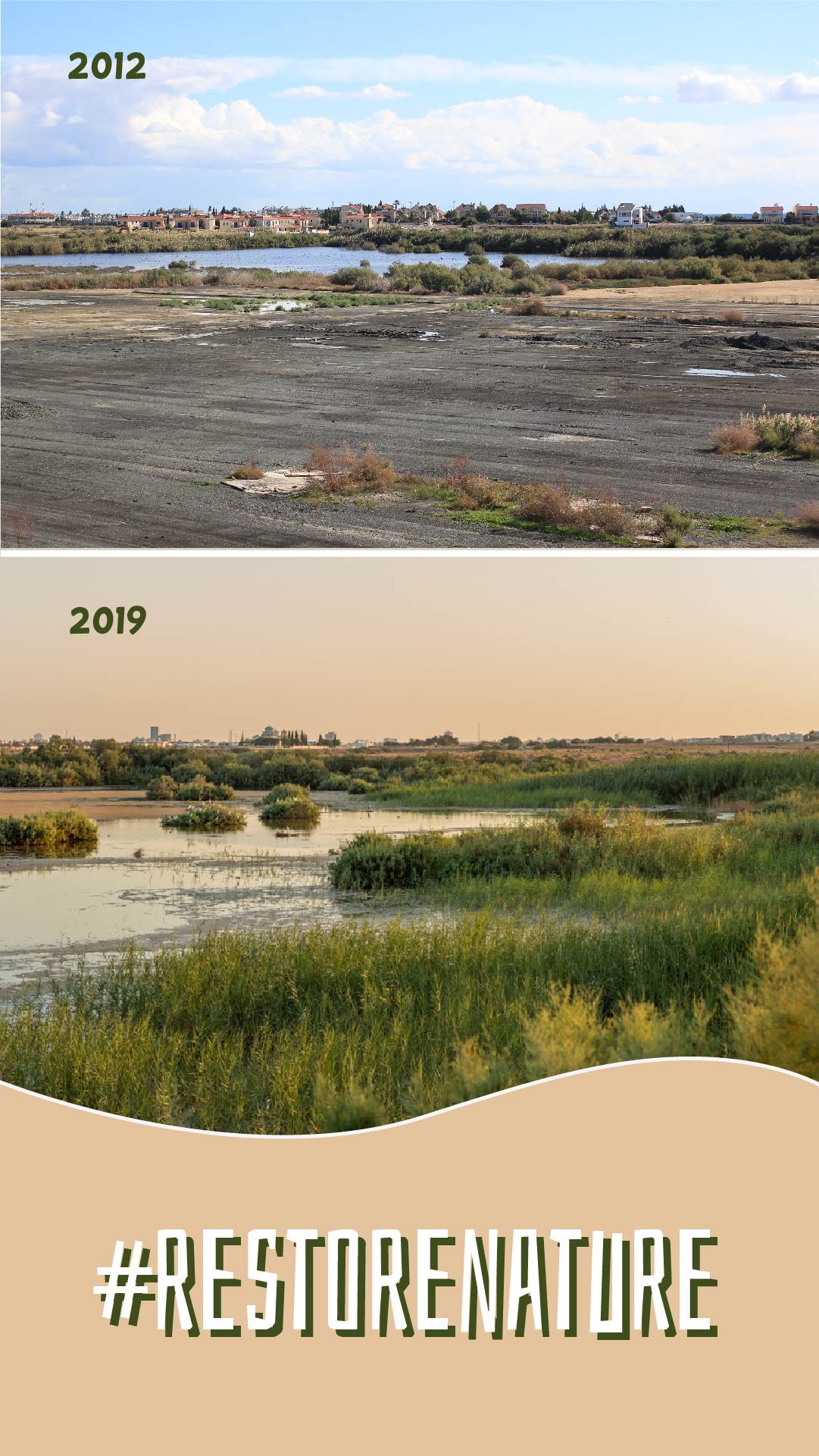
What is the Nature Restoration Law
On 22 June 2022, the European Commission published a long-awaited proposal for the EU Nature Restoration Law. The Commission proposes to restore at least 20 % of the EU’s land and sea areas by 2030 and repair all ecosystems in need of restoration by 2050.
This will be the first European-wide law to set legally binding targets to #RestoreNature! It is a once-in-a-lifetime opportunity to reverse the biodiversity and climate crises by placing the EU’s degraded nature on a path to recovery.
The proposal is the first major EU biodiversity law since the Habitats Directive in 1992 and follows the commitments made by the European Commission in the EU Biodiversity Strategy for 2030 which calls for the recovery of high-quality and resilient ecosystems in the EU.
Why do we need it now
European biodiversity is in an alarming state.
Over 80% of our habitats are in poor condition and only 23% of species monitored under the EU Nature Directives are in good health. The decline of European biodiversity is so advanced that the conservation and protection of the remaining nature will not be enough to halt biodiversity loss.
Restoration is urgently needed to bring nature back to Europe and build Europe’s resilience. It is crucial that the bulk of restoration action in our ecosystems happens before 2030. This decade must be the turning point to place nature on the path to recovery!
Nature restoration is critical to address the twin biodiversity and climate crisis and the EU Nature Restoration Law can be a real game-changer for these intertwined crises.
Timeline
After the publication of the proposal in June 2022, the discussion moved to the European Parliament and the Council as part of the co-decision process. In June and July 2023, both institutions backed the Nature Restoration Law, despite an unprecedented attack and disinformation campaign by conservative and right-wing politicians, joined by agriculture and fisheries lobbies.
Now, the law awaits its final approval by EU Member States.

